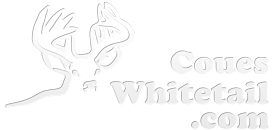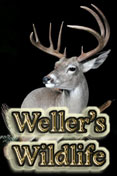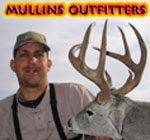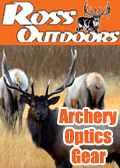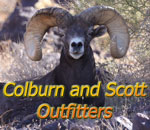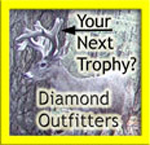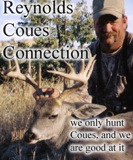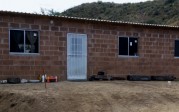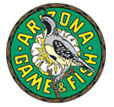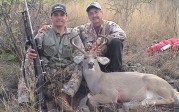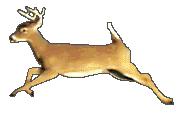Biology
Coues Deer Habitat
The white-tailed deer is highly adaptable. It is found from Mexico and Central America to Canada and throughout the United States. It survives in environments that are subject to extremes in temperature – both heat and cold. It lives in remote areas where few humans ever go and it survives in highly populated areas as well.
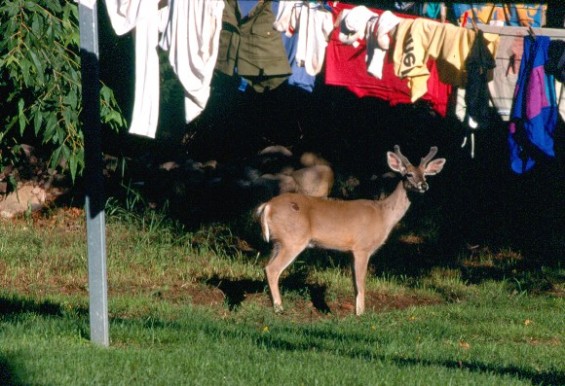
Photo courtesy of Wade Sherbrooke, Southwestern Research Station, Portal, Arizona.
So what is good Coues deer habitat? When evaluating habitat, it helps to think of the elements that are needed for any animal – food, water, shelter, and space to live. Good Coues habitat is any area that provides adequate amounts of each of those factors. The best Coues habitat will provide a large diversity of foods by having a mix of open areas and brushy areas. Coues are primarily browsers, so shrubs must be available for them. However, Coues highly prefer forbs and those grow more commonly in open areas such as a grassy meadow or grassland found at the edge of juniper woodland.
Coues deer seem to be most numerous in woodland areas about 4000-6500 feet in elevation that have Madrean evergreen oaks or areas of oak mixed with juniper and pinon pine. However, Coues deer can be found in the more open Sonoran Desert and in Semi-Desert Grasslands. They can also be found in Ponderosa Pine forests. I have selected some photos below to show some of the variety in habitat that Coues deer will use.
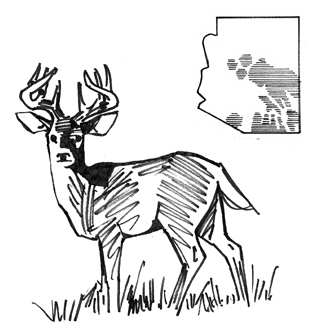
The illustration above shows the distribution of Coues deer in Arizona. Those occupied areas tend to be within the 4000-6500 ft. range in elevation. Illustration by Bill Quimby. For a detailed map of the density of Coues deer in Arizona, check out the “Where to Hunt” section. Coues deer are also found in Mexico and southwestern New Mexico.
The best Coues habitat will have several permanent water sources since these deer need them to survive. The home range of a Coues is about 1-2 square miles. Deer density is highest within 0.5 – 1 mile of a good water source. Maghini and Smith (1990) suggested that a density of 1 water source for every square kilometer (approx. 0.5 sq. miles) is best for female Coues. Based on their research in the Santa Ritas in Arizona, Ockenfels et al. (1991) suggested that a density of one water source every 2-3 sq. km would meet deer requirements. They also found that the first 400 m (roughly equal to a quarter mile) around a water source was used far more often than areas greater than 1200 m away from water.
If you are looking for an area that has a high density of Coues deer, look for a place that has a good mix of thick and open vegetation types between 4000-6500 feet in elevation and that has springs or water tanks scattered throughout the landscape within about a 1/2 to 1 mile of each other.
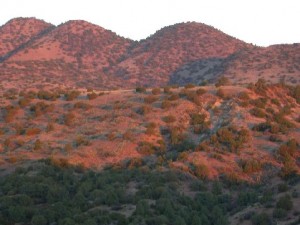
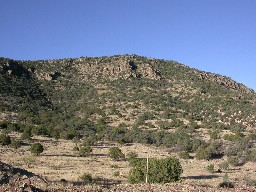
Juniper-oak woodlands with large populations of Coues deer. These two areas have a good mix of white and Emory oak, mesquite, acacia and pinon pine along with the juniper. The variety of topography in these areas provides places for many different types of plants to grow (trees, browse, grass and forbs). This excellent diversity of plants along with good water sources makes these places great habitat for Coues. Deer will feed through the open areas in early morning and evening and move into the thicker areas to bed.
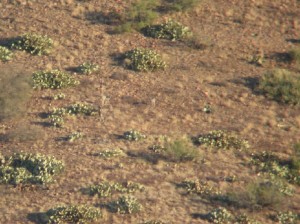
Coues will also use more open habitat of mesquite and prickly pear. There are 3 small bucks near the center of this photo. Photo by A. Moors.
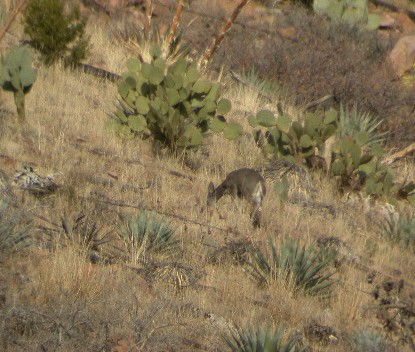
Coues deer feeding between some prickly pear and agave. This deer fed on this open slope in the morning and then moved down into a drainage with thick shrubs for bedding. Coues deer will even use drier areas than this, areas with less grass and more cactus and ocotillo. Photo by A. Moors.
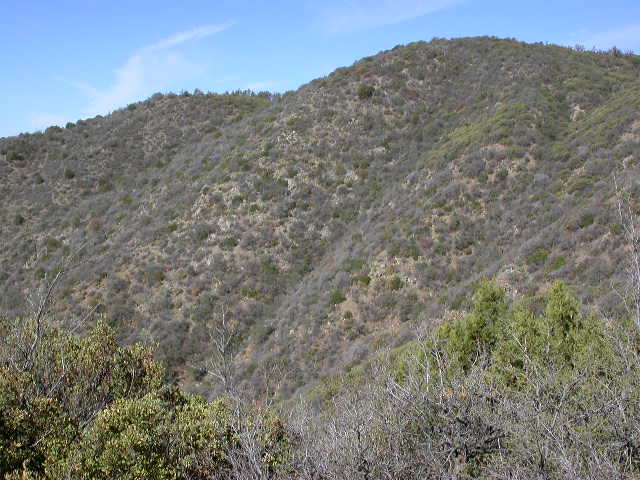
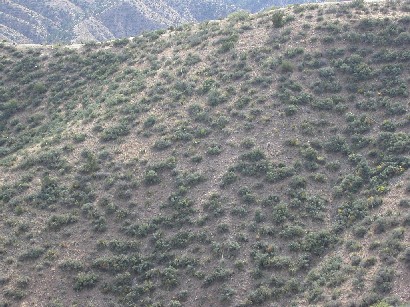
These brushy hillsides provide some good Coues habitat. It can be extremely difficult spotting a Coues deer in this type of habitat. Photos by A. Moors.
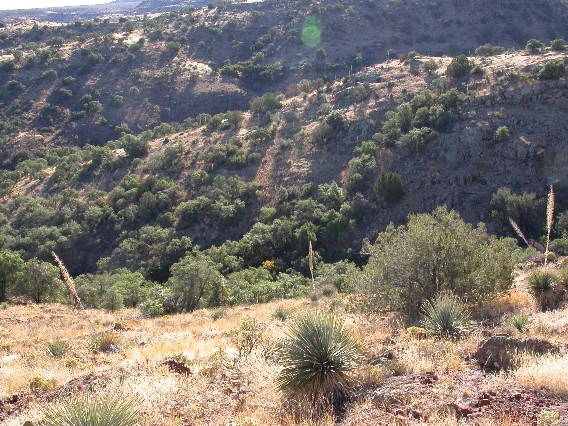
This area has a good mix of oak trees, juniper, shrubs and grass. Coues deer feed in the more open areas and bed in the thick vegetation lower in the canyon. Photo by A. Moors.
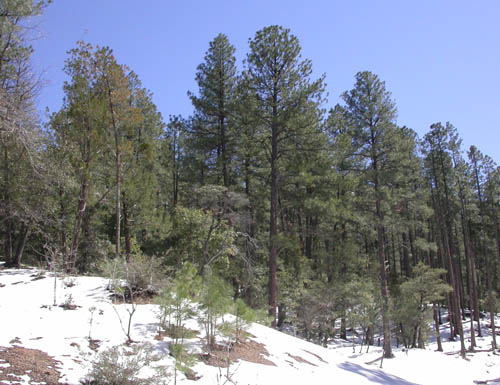
Ponderosa Pine forest can make good deer habitat if there is enough diversity of other species. A variety of oaks, shrubs, and forbs help make this habitat productive for Coues deer.
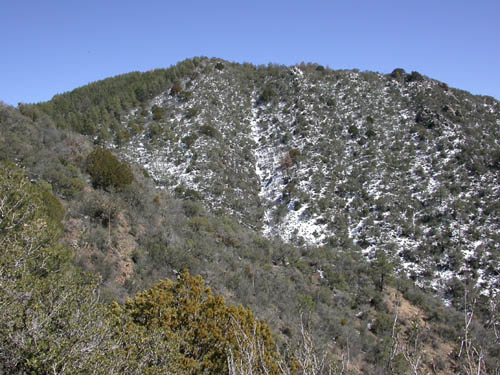
This photo shows an excellent interspersion of habitat types. The ponderosa pine forest in the upper left of the photo is supplemented by the brushy hillside. This kind of diversity of plants and structure is great for deer. Coues deer, like all white-tailed deer, spend a lot of time in edges where different types of habitats meet.
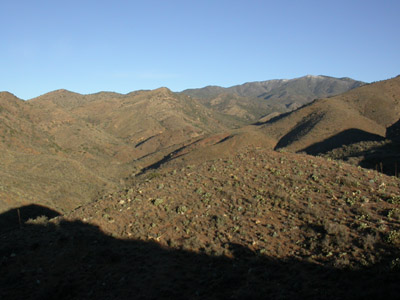
Coues deer are amazingly adaptable, they can occupy the ponderosa pine forest shown above or the very dry and more open habitat shown to the right.
